The Sony FX2, Sony’s latest entry into its compact cinema line, offers filmmakers a tempting hybrid of size, features, and image quality. However, one spec that often flies under the radar—but can drastically impact video quality—is the sensor readout speed. It’s a crucial factor that influences rolling shutter, motion artifacts, and the overall image integrity during fast pans or handheld shots. So, how does the FX2 fare in this vital area?
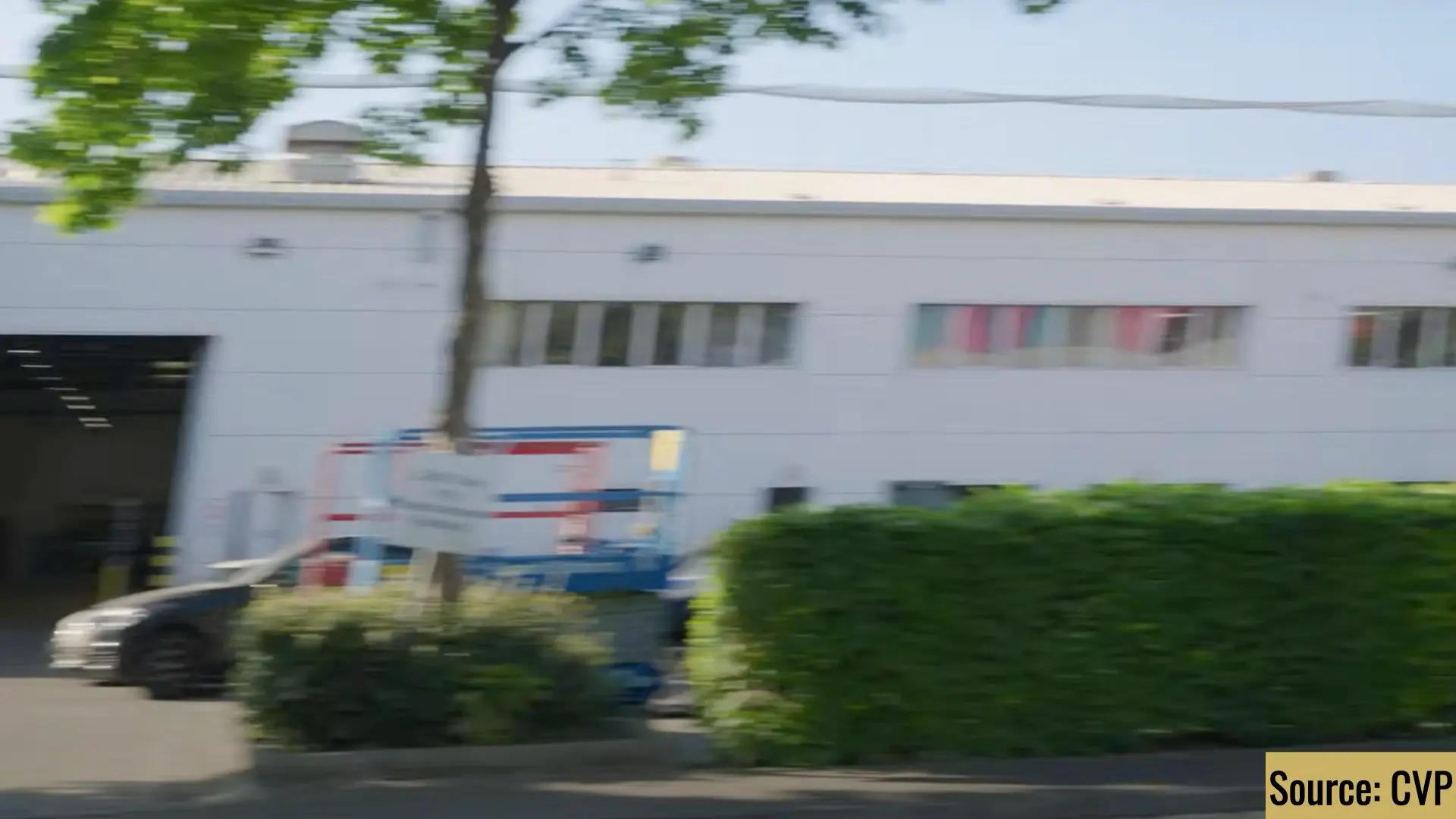
Why Readout Speed Matters
Sensor readout speed refers to the time it takes for the image sensor to read all the pixels in a frame. A slower readout means the image is not captured all at once, but rather line by line—this causes the infamous jello effect or rolling shutter in video. Filmmakers who shoot handheld, with fast-moving subjects, or who need high-speed precision—like those capturing action, sports, or dynamic narrative scenes—are especially affected by this spec.
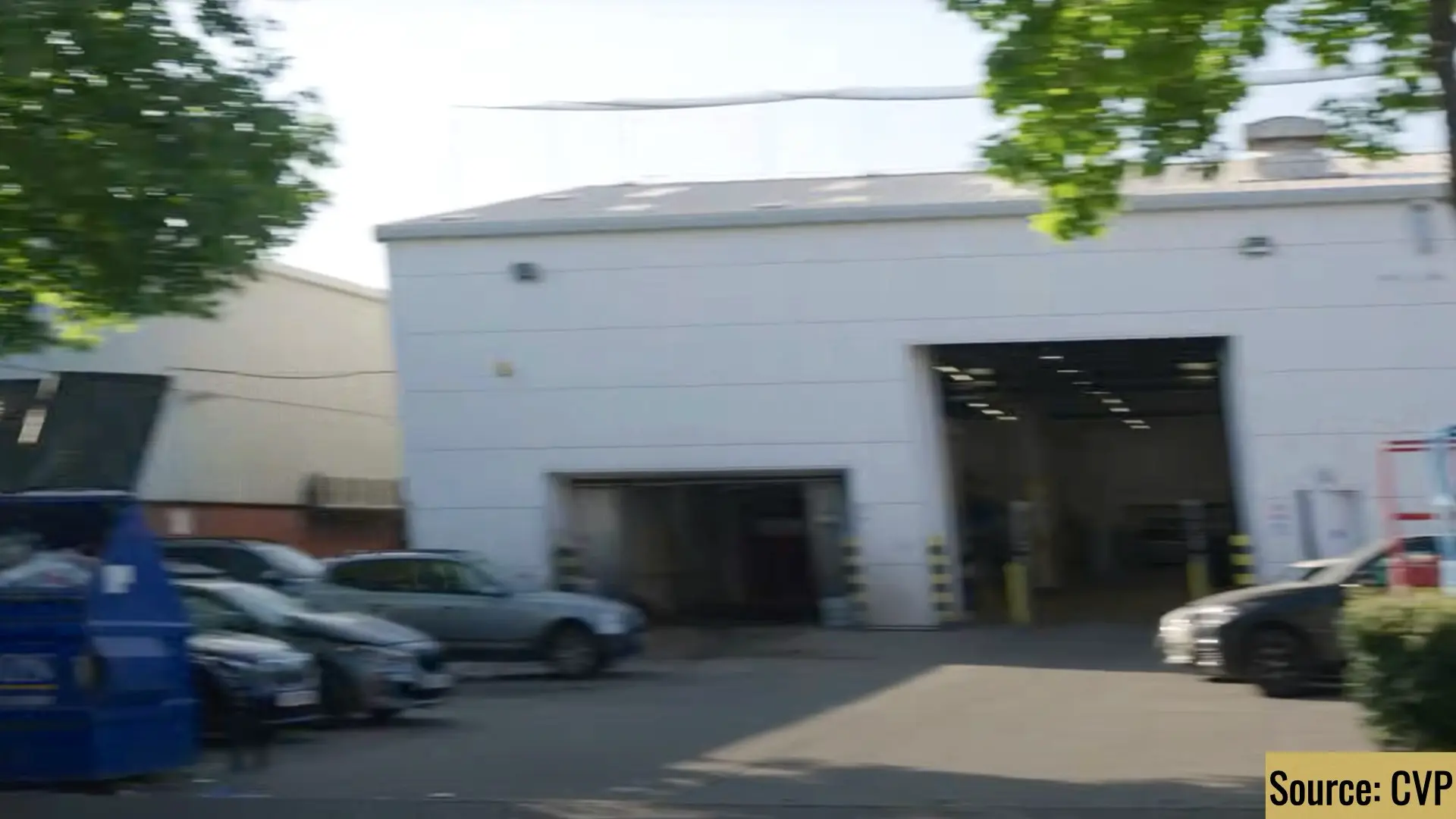
The FX2 Numbers—And What They Mean
In CVP’s in-depth technical testing, the FX2’s performance in this area is measured using their proprietary software. In 4K full-frame mode, the FX2 clocks in at a readout speed of 27 milliseconds. That’s not fast—and definitely not impressive in 2025 standards. For reference, it aligns closely with the readout speed of the Sony A7 IV and A7C II, which are known to suffer from rolling shutter issues in video. In Full HD full-frame mode, the FX2 drops to a more respectable 9.16 milliseconds, which clearly suggests line skipping or pixel binning—a trade-off that significantly reduces image fidelity. This is confirmed when comparing detail retention charts between 4K and Full HD. Interestingly, switching to Super 35 (APS-C) mode, whether in 4K or HD, yields a moderate improvement: 12.8 milliseconds. Still not fast—but slightly better. The result places the FX2’s readout speed below the more robust Sony FX3, which remains Sony’s most nimble compact cinema camera in this regard. Explore the CVP table below:

The Blackmagic Pyxis 12K boasts a readout speed that is dramatically faster than the FX2.
Explore the whole CVP review below (The CVP guys make the greatest and most comprehensive reviews):
Contextualizing the FX2’s Performance
To better understand where the FX2 sits, we can compare it with other cameras in its league. Our detailed breakdown in Sony FX2 vs A7C II vs FX3 vs Blackmagic 6K: Which Cinema Camera Should You Choose? outlines the landscape clearly: while the FX2 brings impressive color science and codec flexibility, it lags behind when it comes to rolling shutter control. Reviewers have noticed this, too. As mentioned in Sony FX2: What Reviewers Are Saying About Sony’s New Cinema Camera, one of the main criticisms from hands-on testers has been this sluggish sensor behavior, which stands out more in a time when cameras like the Blackmagic Pyxis 12K are setting new benchmarks.
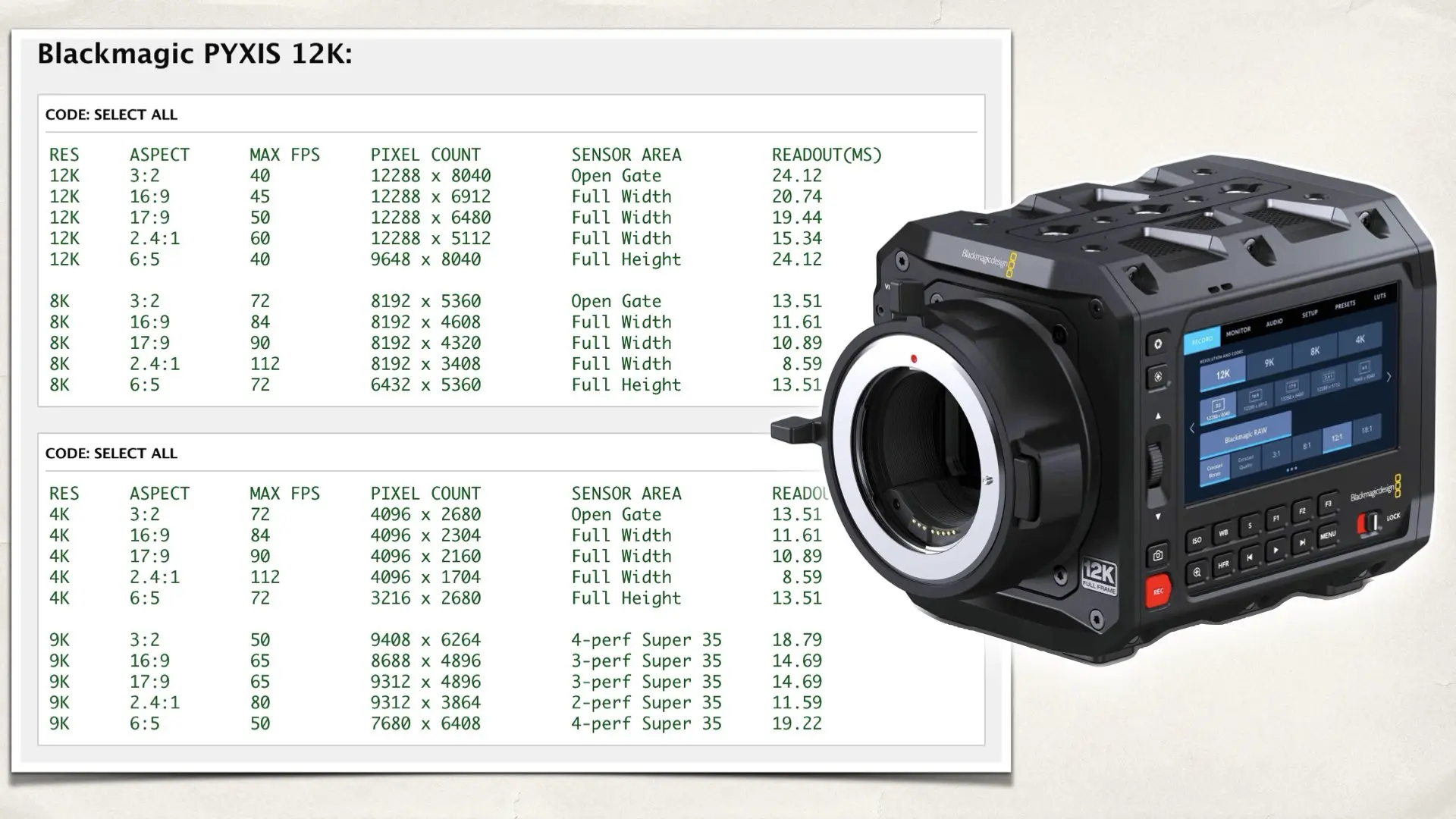
The Competition Isn’t Waiting
Let’s talk raw numbers. The Blackmagic Pyxis 12K boasts a readout speed that is twice as fast as the original model—and dramatically faster than the FX2. Even the Fujifilm GFX Eterna, as explored in The Fujifilm GFX Eterna’s Readout Speed Matches the Pyxis 6K, shows superior performance in this department despite being a medium format hybrid. Meanwhile, even higher-end Sony models are showing signs of aging. In CVP: Sony Burano Has a Slower Readout Speed Than FX3, we learn that Sony’s full-frame flagship cinema camera, the Burano, also suffers from a slower-than-expected readout time. This raises concerns about Sony’s overall sensor architecture in the cinema division—possibly trading speed for dynamic range or power efficiency.
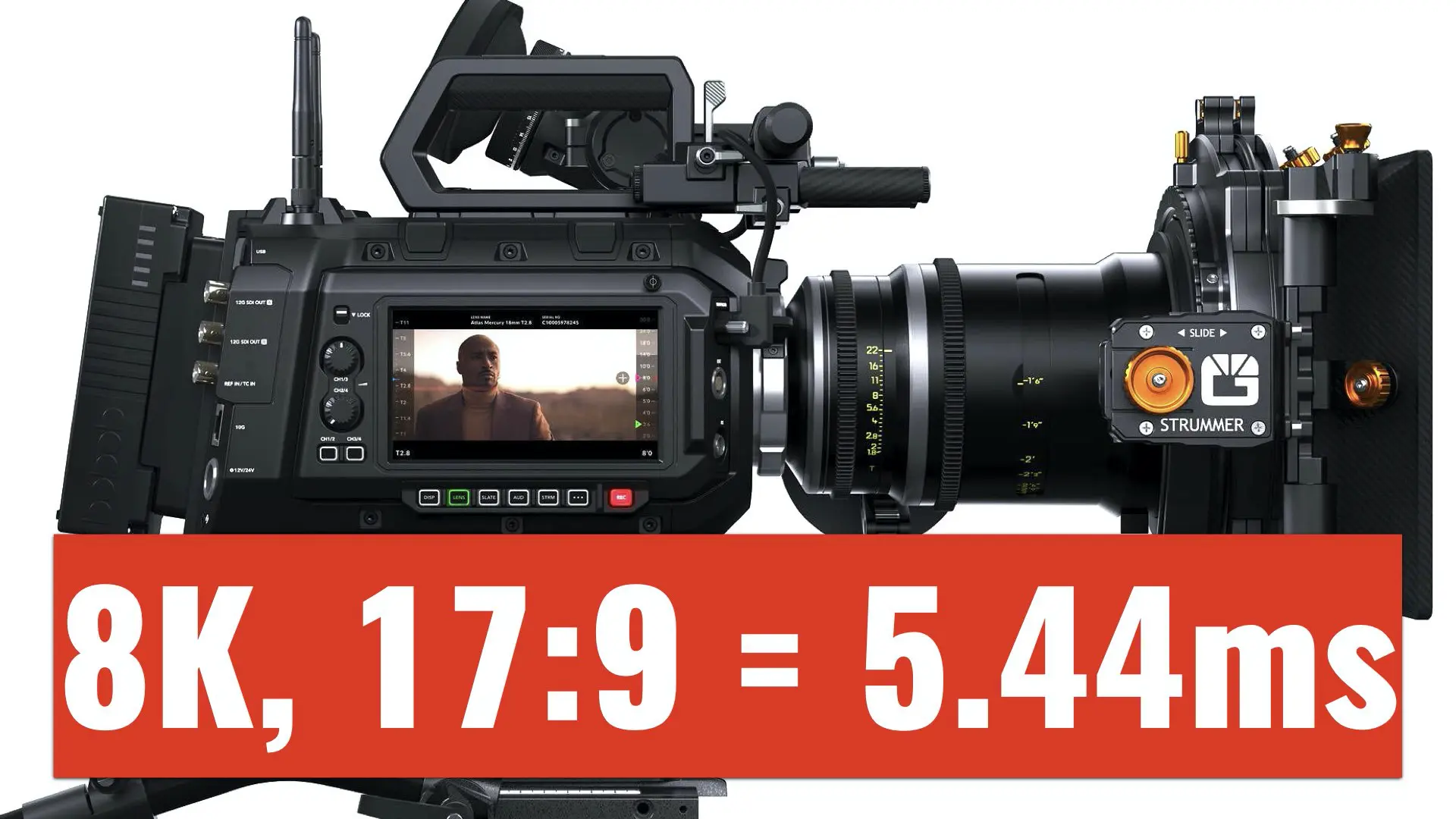
Strategic Limitation or Misstep?
The FX2 might just be a case of strategic segmentation. As explored in Sony FX2: Strategic Genius or Internal Cannibalization?, Sony seems to be threading a fine line between offering cinema-grade features at an attractive price while deliberately limiting aspects like sensor readout to protect its higher-end models. This strategy could backfire in a rapidly evolving market where competing brands are increasingly blurring the lines between cinema and consumer gear.
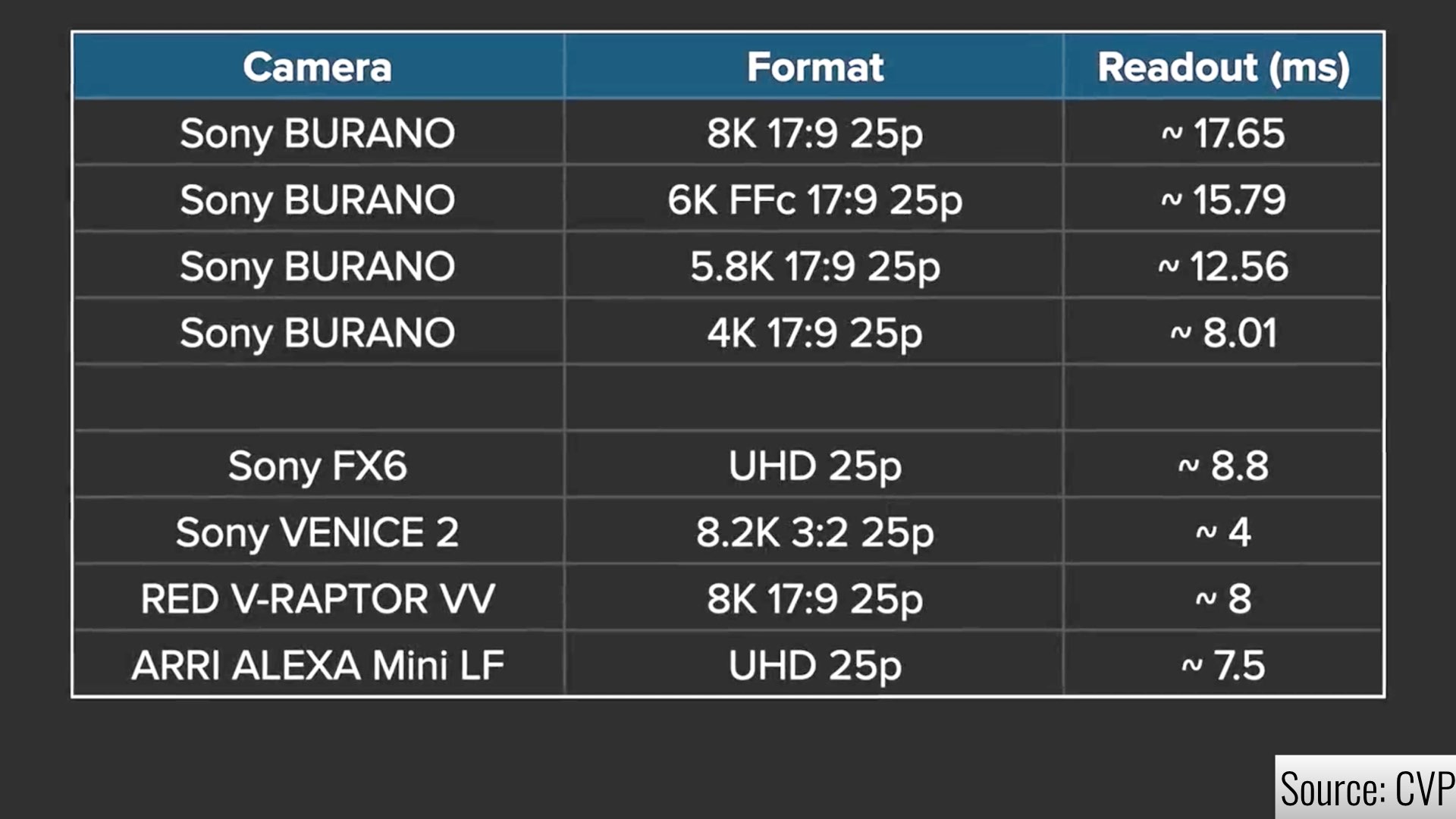
Verdict: Who Should Care?
If you’re a filmmaker who prioritizes handheld shooting, camera movement, or action-heavy storytelling, the FX2’s sluggish readout speed should give you pause. The camera’s strength lies elsewhere: color science, size, and codec variety. But if you need minimal rolling shutter, the FX3 remains the superior option within Sony’s lineup. For those prioritizing image integrity during motion, newer entries from Blackmagic or even Fujifilm might be worth considering. And with AI and computational imaging poised to play a bigger role in the next generation of cameras, brands that invest in fast, responsive sensors will have a competitive edge. The Sony FX2 is a compelling camera, but it’s also a reminder that even in 2025, sensor readout speed remains a defining factor for cinematic image quality. Don’t overlook it. Blackmagic is the only company that proudly published this data, and for a reason.

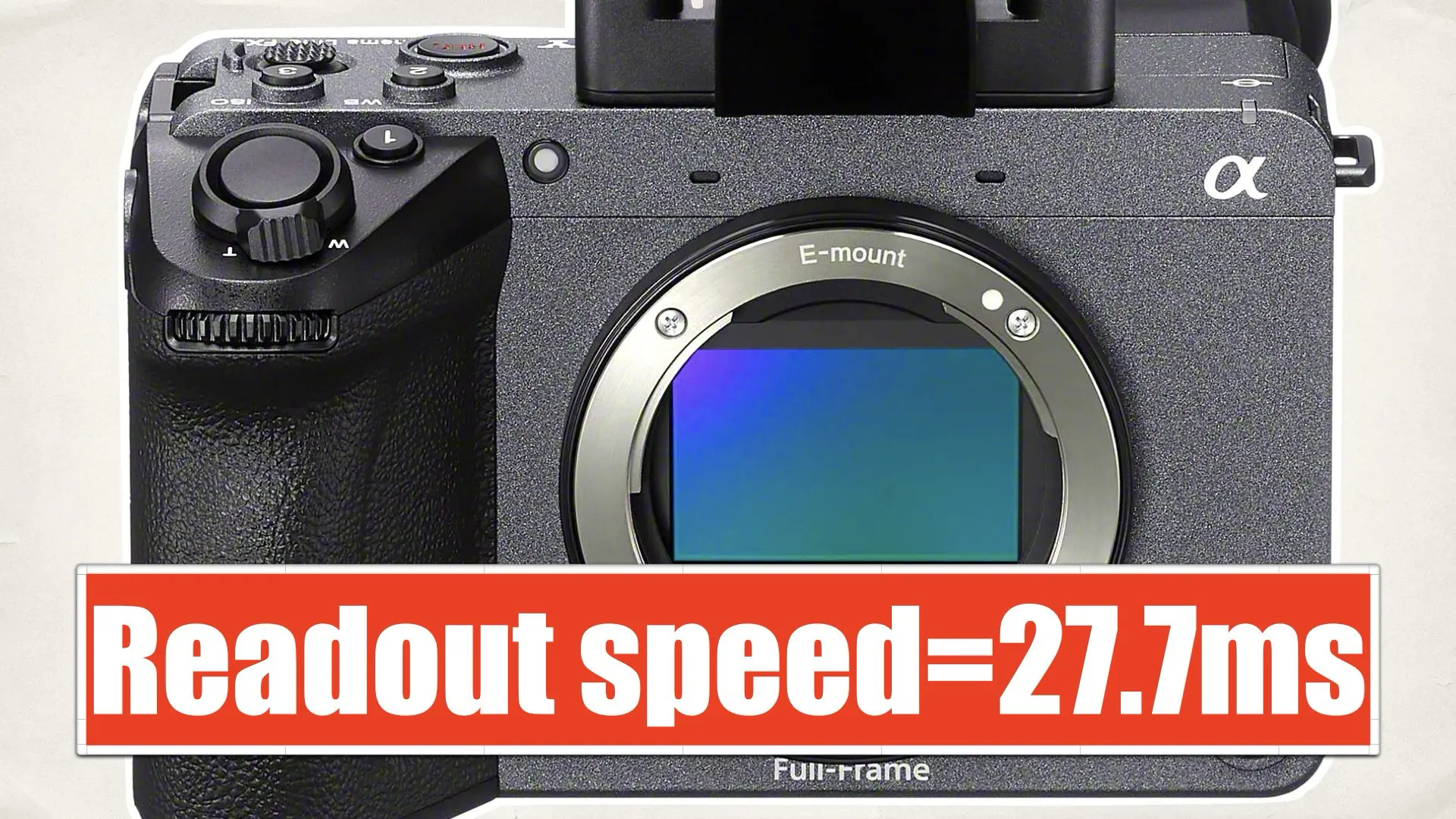
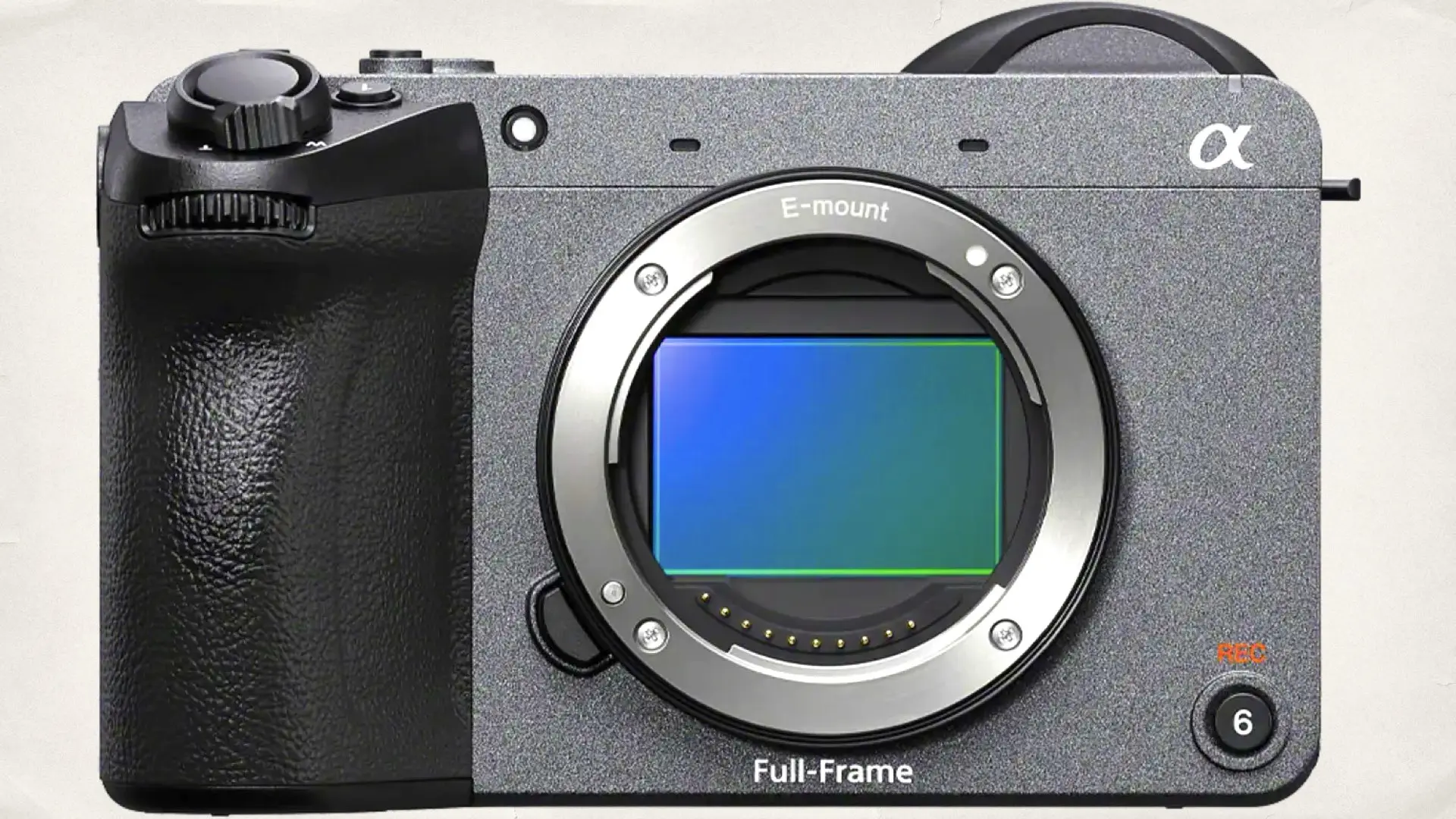
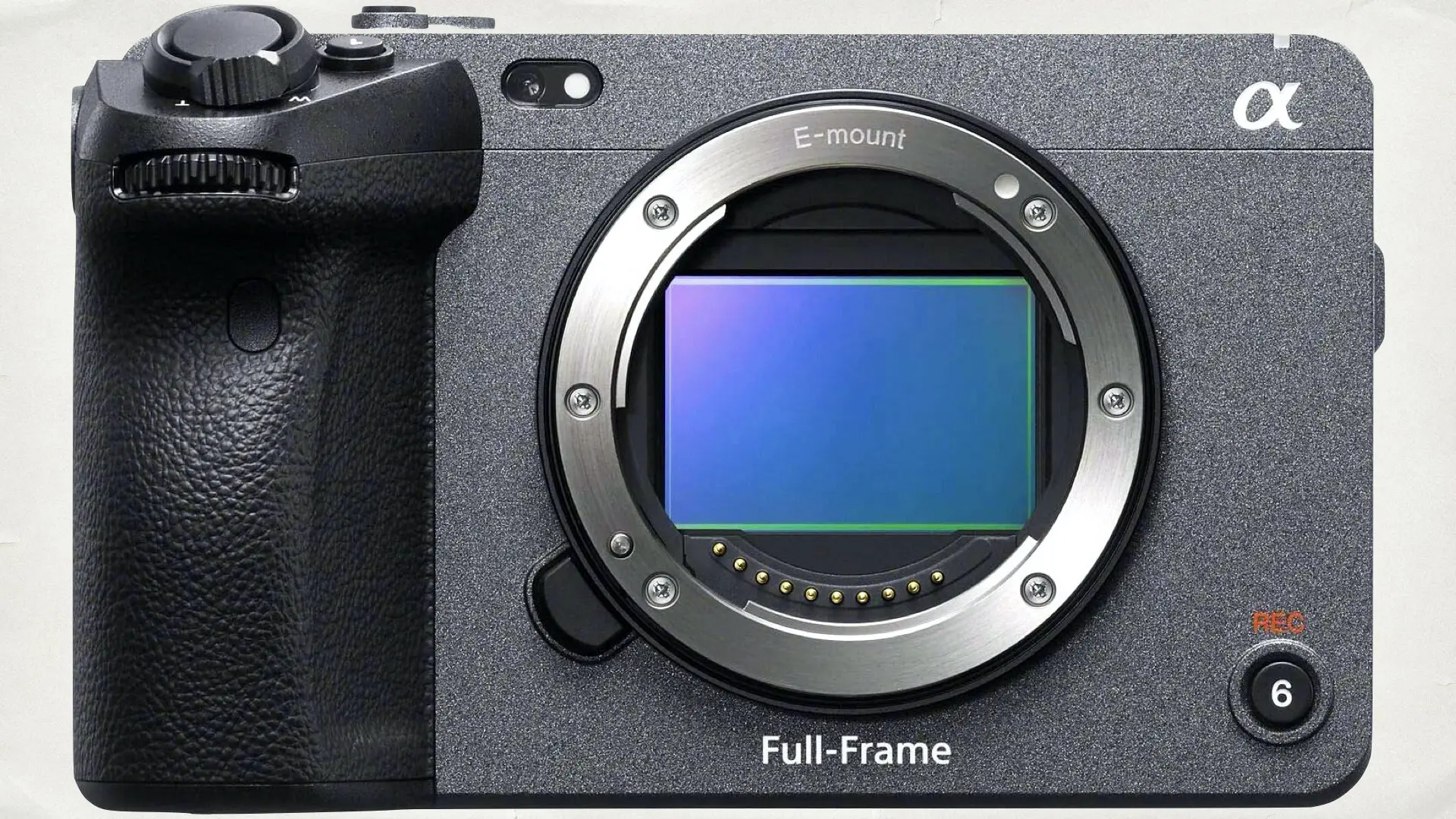

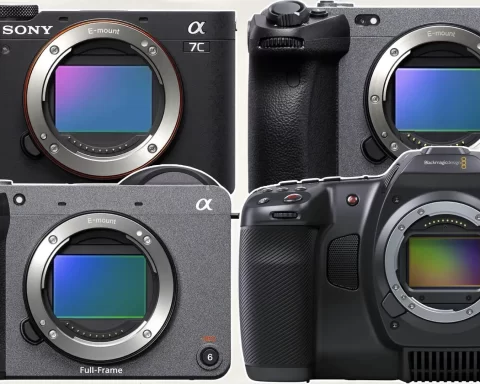
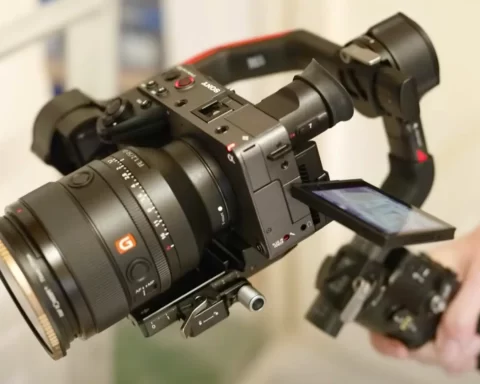
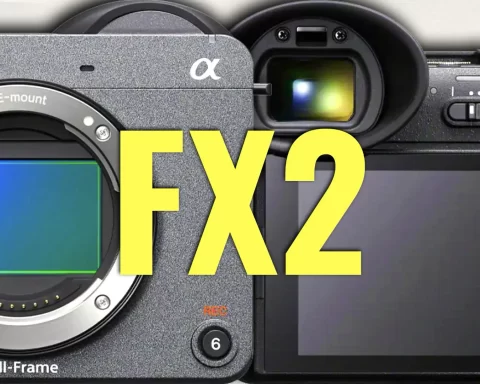
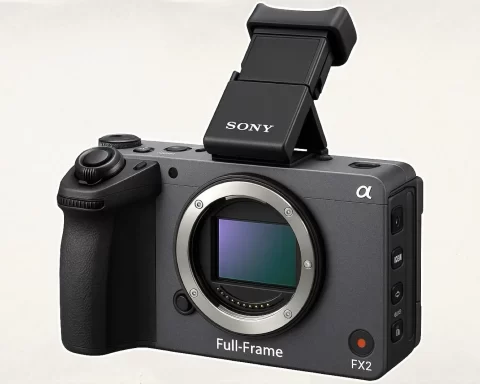

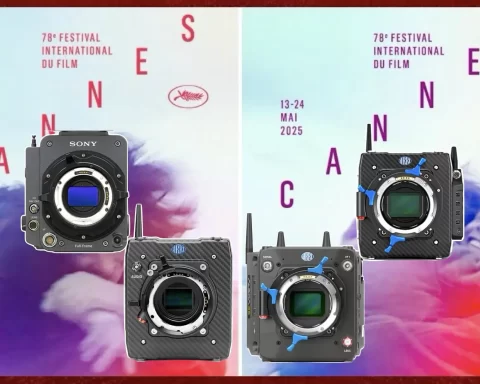
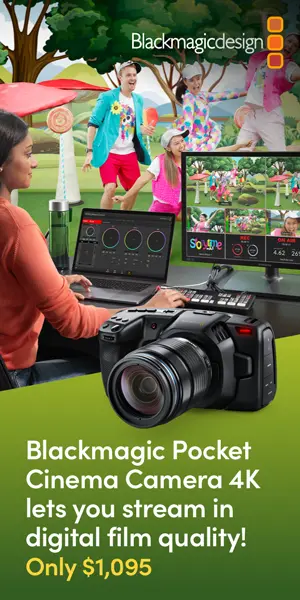
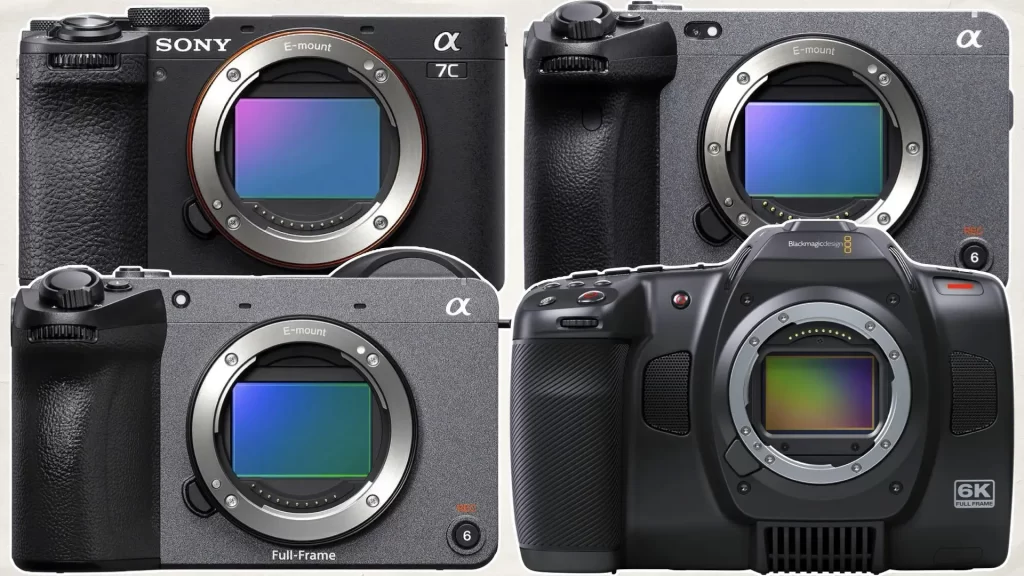
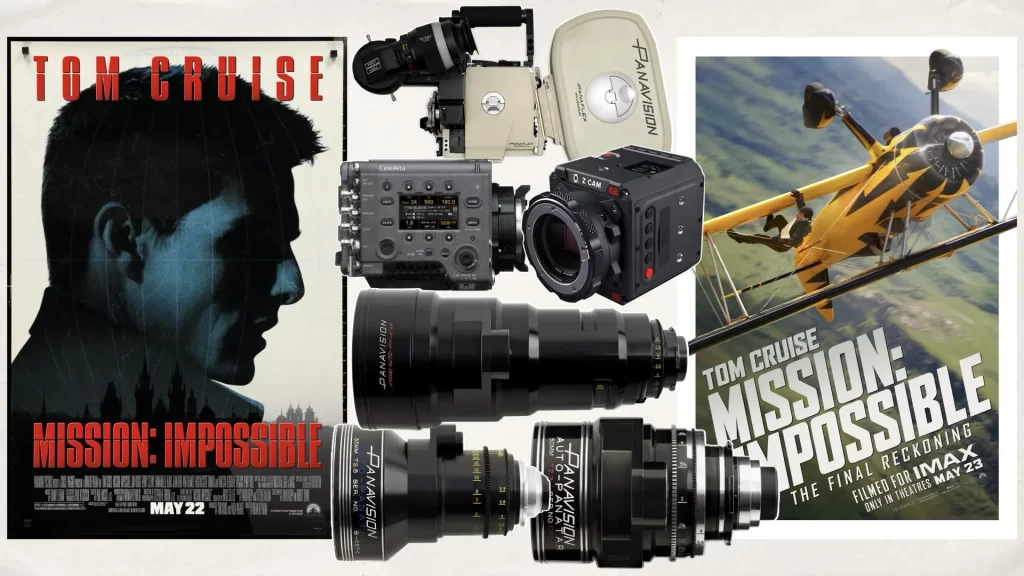
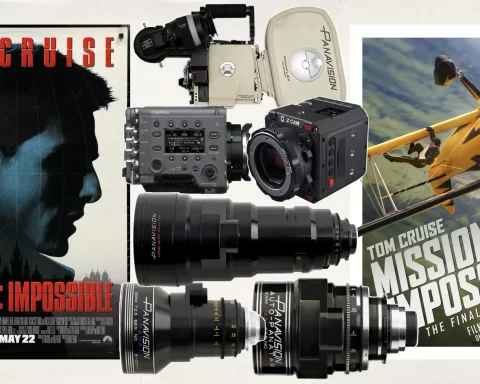
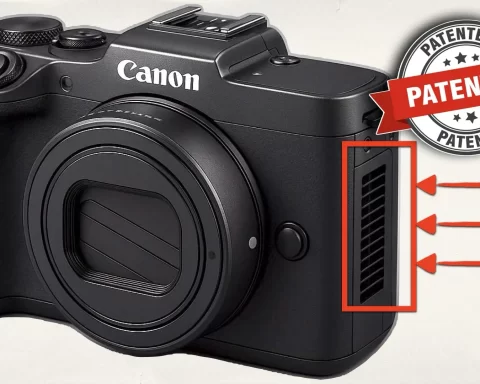
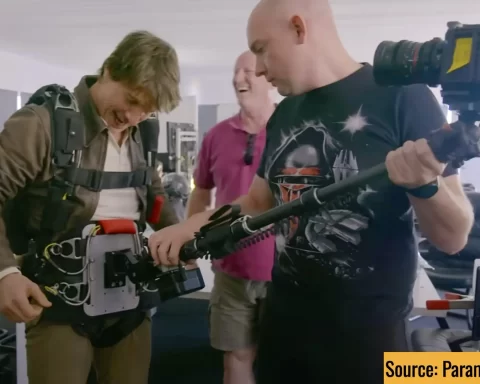
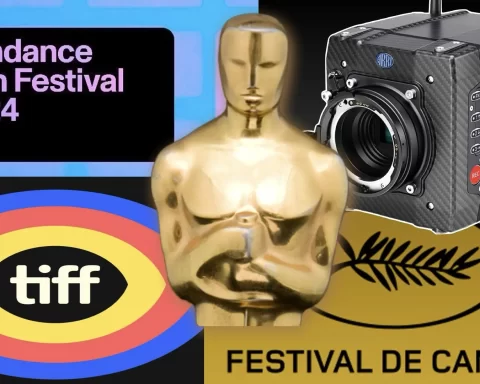

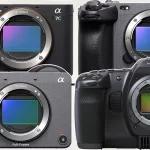
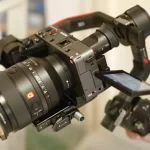
In a time of computational AI autofocus becomes a even more crucial as well. Let’s face it, all the cameras you mentioned with the exception of Sony are absolute garbage .